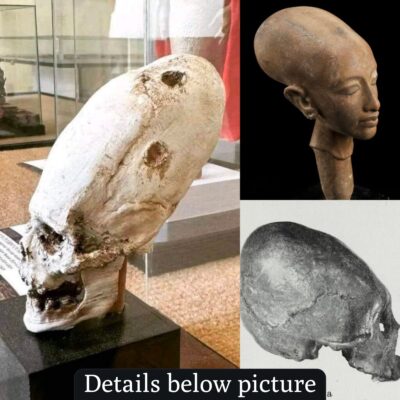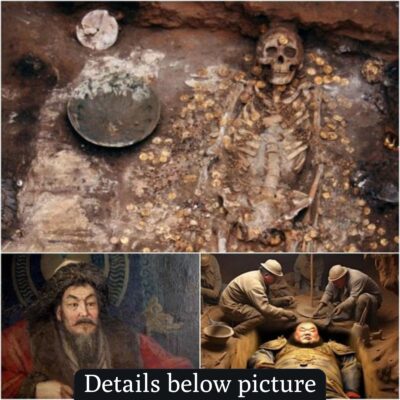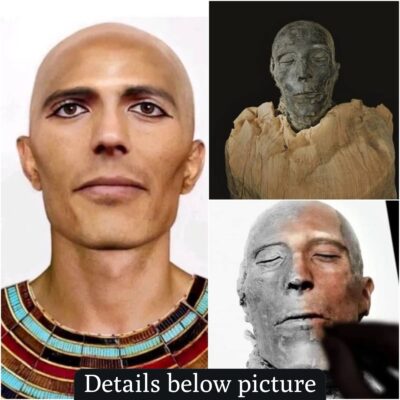Ahmose-Nefertari was the first Queen of the 18th Dynasty. She was a daughter of Seqenenre Tao II and Ahhotep I and the great royal wife of Ahmose I. She was the mother of king Amenhotep I and may have served as his regent when he was young. Ahmose-Nefertari was deified after her death.
Ahmose-Nefertari was the first Queen of the 18th Dynasty. She was a daughter of Seqenenre Tao II and Ahhotep I and the great royal wife of Ahmose I. She was the mother of king Amenhotep I and may have served as his regent when he was young. Ahmose-Nefertari was deified after her death.

Ahmose-Nefertari was born during the latter part of the seventeenth dynasty, during the reign of her grandfather Senakhtenre Tao I. Her father Seqenenre Tao II fought against the Hyksos and may have lost his life during a battle. He was succeeded by Kamose. It is possible that Ahmose-Nefertari married Kamose, but no evidence exists of such a marriage. After the death of Kamose the throne went to Ahmose I. Pharaoh Ahmose was very young and queen-mother Ahhotep I served as regent during the early years of his reign. Ahhotep would have taken precedence at court over her daughter Ahmose-Nefertari, who was the great royal wife. Ahmose I became the first king of the eighteenth dynasty, a pharaoh ruling over a reunited country.

Ahmose Nefertari was the first queen to hold the important office of “God’s Wife of Amun”, effectively establishing her as the joint head of the priesthood of Amun. Ahmose set up a stele in the temple of Amun at Karnak which functioned as a legal decree establishing not only the office of God’s Wife but endowing it with lands and goods in perpetuity. She outlived her husband, and her son (Amenhotep I). Although her son’s successor, Tuthmosis I, was probably not related to her he established a statue of her in the Nsut Towi, known today as the Temple of Karnak. We don’t know when she died. The only reference to her passing is an undated stele fragment which refers to an undated time

“when the God’s Wife Ahmose Nefertari, justified with the Great God, Lord of the West, flew to heaven…”





